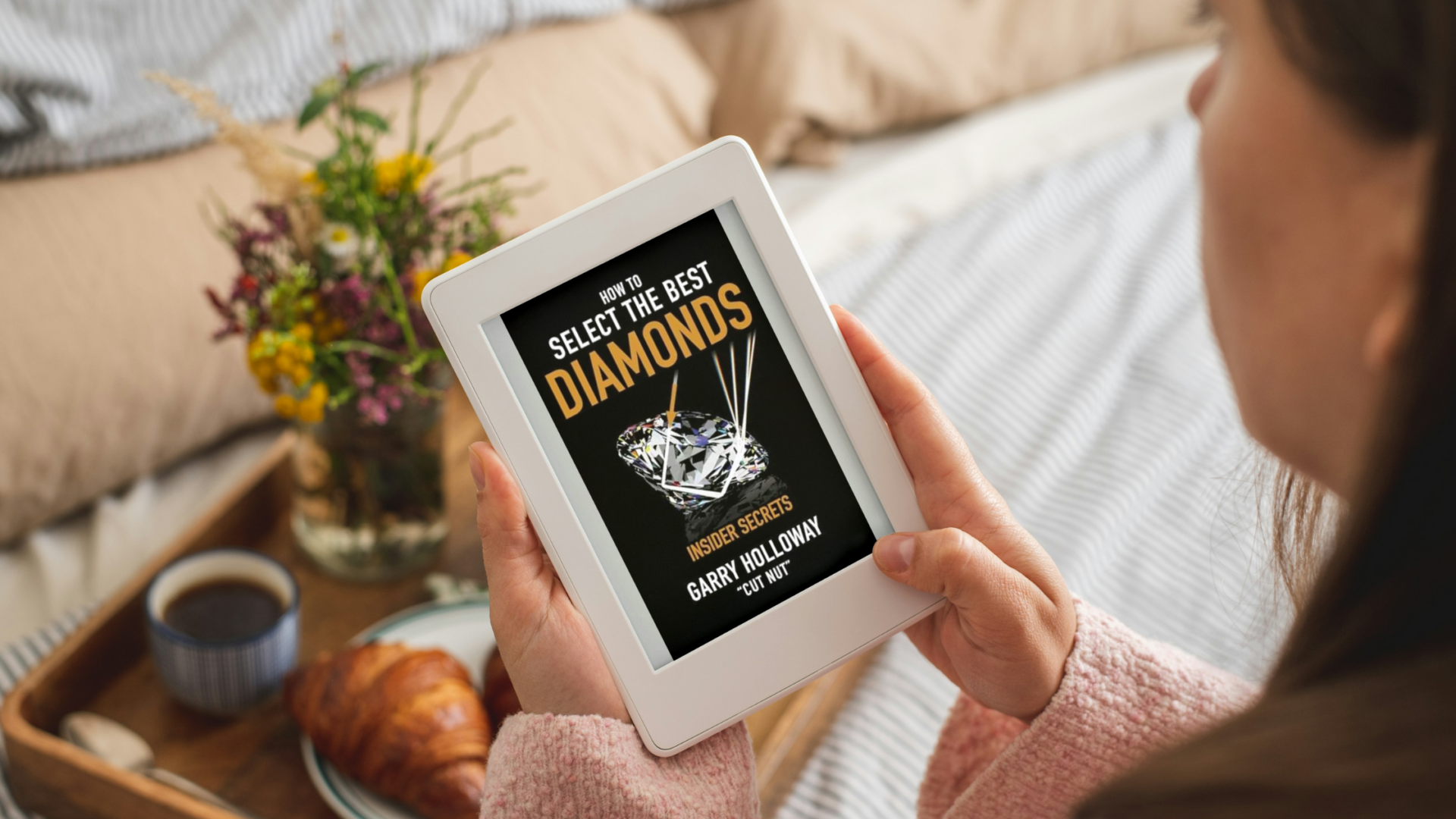- Joined
- Nov 28, 2008
- Messages
- 1,675
I thought the LIW here would find this article interesting:
The traditional white wedding isn''t so very old after all, according to a vast new set of online family history records.
In fact, the bride used to wear blue.
It''s just one of the surprising facts to be turned up as more than three and a half centuries of marriage licenses become available on the internet.
The London Marriage Licences, 1521-1896, detail more than 25,000 weddings that took place over a 350-year period of British history.
Publication comes just as new figures show the number of British people getting married is at an all-time low.
The database, which can be searched via genealogy website Ancestry.co.uk, reveals stark differences between a typical 18th-century wedding and today''s "traditional" wedding ceremony:
• Brides in the 18th century typically wore multi-coloured dresses, or blue gowns (to represent purity). The famous ''white wedding'' did not become popular until Queen Victoria chose to wear white when she married Prince Albert of Saxe.
• The wedding cake of today was predated by the ''bride''s pie'', commonly filled with savoury meat or sweet mince. The lady who found the glass ring concealed inside was thought to be next in line for marriage.
• Wedding rings, an important part of the marriage ceremony since ancient times, became mandatory for the bride under the 1753 Marriage Act - though it was a De Beers advertising campaign 200 years later that popularised the idea that men should present a ring when they proposed.
The collection documents the upsurge of church marriages held after the Act made marriage licences compulsory in an attempt to curb the growth of common-law marriage in the larger cities.
In London, bogus priests had often turned a blind eye to bigamy and under-age marriage by conducting so-called ''Fleet Marriages'', named after the notorious area around Fleet Prison in Farringdon.
Family historians will pounce on the new data. Marriage licences typically contain details of the bride and groom as well as their parents or witnesses - the kind of information that has previously only been readily available for the period from 1837 onwards, when central registration of marriages began.
Before 1837, clergymen were not obliged to keep marriage certificates, which were often lost or destroyed - making originals extremely rare.
Around 25,000 surviving London marriage licenses, which contain the details of around 100,000 individuals, have been digitized and are now fully searchable online.
Among the famous names who appear in th records are satirical artist William Hogarth, Oliver Cromwell''s commander-in-chief Thomas Fairfax, and Robert Walpole, the first Prime Minister of Great Britain, whose father''s marriage is listed.
Olivier Van Calster of Ancestry.co.uk said: ''These records will be of great value to anyone interested in or researching their family history as they contain such rich information and stretch far back beyond early UK census records.''
The traditional white wedding isn''t so very old after all, according to a vast new set of online family history records.
In fact, the bride used to wear blue.
It''s just one of the surprising facts to be turned up as more than three and a half centuries of marriage licenses become available on the internet.
The London Marriage Licences, 1521-1896, detail more than 25,000 weddings that took place over a 350-year period of British history.
Publication comes just as new figures show the number of British people getting married is at an all-time low.
The database, which can be searched via genealogy website Ancestry.co.uk, reveals stark differences between a typical 18th-century wedding and today''s "traditional" wedding ceremony:
• Brides in the 18th century typically wore multi-coloured dresses, or blue gowns (to represent purity). The famous ''white wedding'' did not become popular until Queen Victoria chose to wear white when she married Prince Albert of Saxe.
• The wedding cake of today was predated by the ''bride''s pie'', commonly filled with savoury meat or sweet mince. The lady who found the glass ring concealed inside was thought to be next in line for marriage.
• Wedding rings, an important part of the marriage ceremony since ancient times, became mandatory for the bride under the 1753 Marriage Act - though it was a De Beers advertising campaign 200 years later that popularised the idea that men should present a ring when they proposed.
The collection documents the upsurge of church marriages held after the Act made marriage licences compulsory in an attempt to curb the growth of common-law marriage in the larger cities.
In London, bogus priests had often turned a blind eye to bigamy and under-age marriage by conducting so-called ''Fleet Marriages'', named after the notorious area around Fleet Prison in Farringdon.
Family historians will pounce on the new data. Marriage licences typically contain details of the bride and groom as well as their parents or witnesses - the kind of information that has previously only been readily available for the period from 1837 onwards, when central registration of marriages began.
Before 1837, clergymen were not obliged to keep marriage certificates, which were often lost or destroyed - making originals extremely rare.
Around 25,000 surviving London marriage licenses, which contain the details of around 100,000 individuals, have been digitized and are now fully searchable online.
Among the famous names who appear in th records are satirical artist William Hogarth, Oliver Cromwell''s commander-in-chief Thomas Fairfax, and Robert Walpole, the first Prime Minister of Great Britain, whose father''s marriage is listed.
Olivier Van Calster of Ancestry.co.uk said: ''These records will be of great value to anyone interested in or researching their family history as they contain such rich information and stretch far back beyond early UK census records.''









300x240.png)